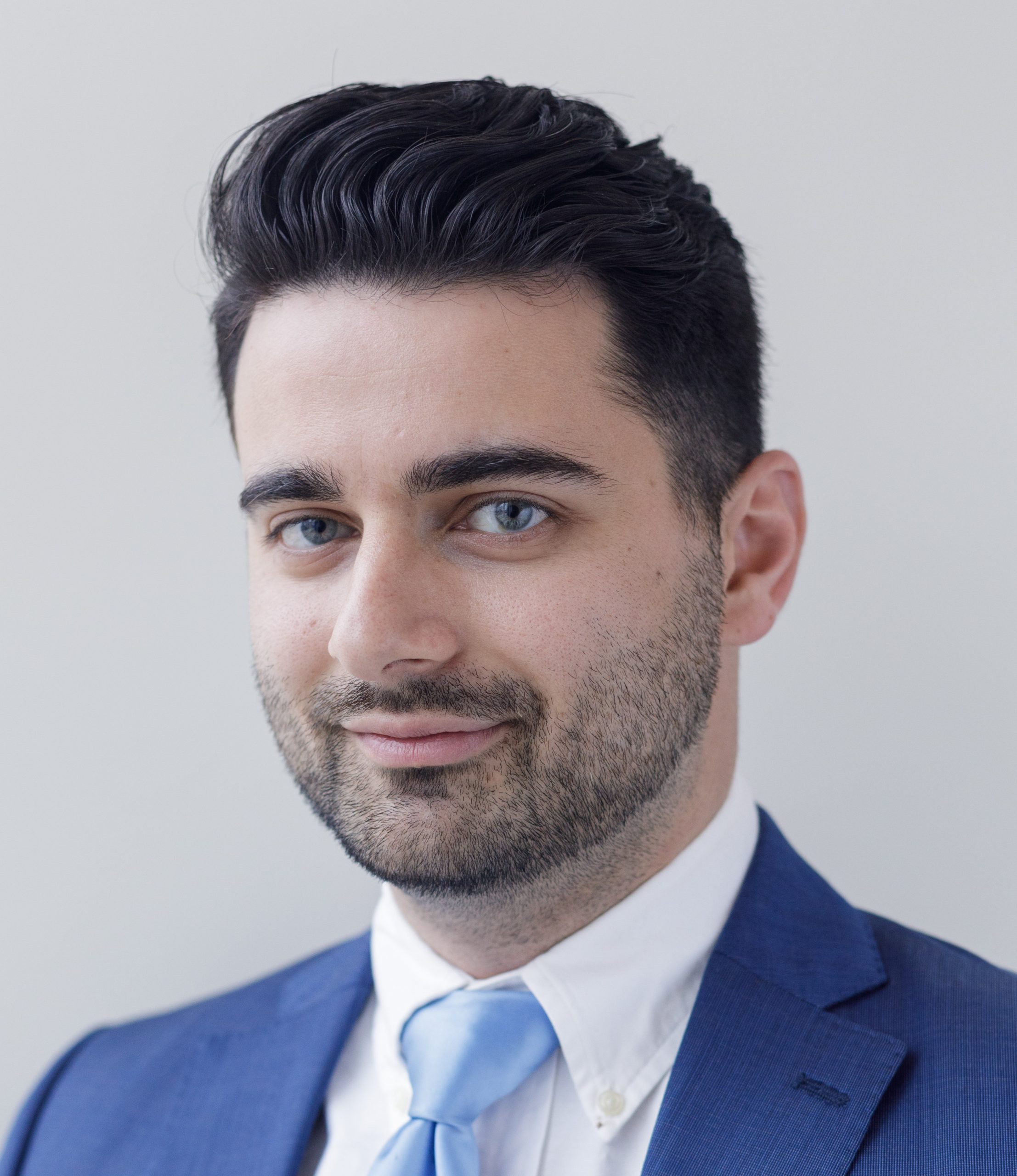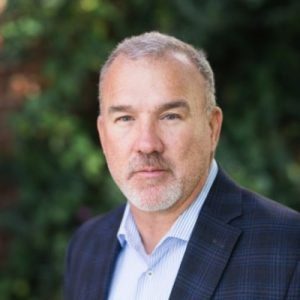
In Conversation: Douglas Falk, Chief Executive Officer, Vita Therapeutics
Vita Therapeutics, freshly infused with $32 million in financing, is advancing a novel approach to treating a localized form of muscular dystrophy with a cell therapy that combines a gene correction and induced pluripotent stem cell (iPSC) technology.
Vita Therapeutics Chief Executive Officer, Douglas Falk, sat down with BioBuzz to talk about the company’s research into muscular dystrophy and its goals in this space. Baltimore-based Vita was founded in 2019 but formally came out of stealth mode last month following the announcement of the Series A financing round.
The funding will allow the company, which currently employs 15 people, to accelerate its autologous cell therapy pipeline, including lead candidate VTA-100, which is aimed at a subtype of limb-girdle muscular dystrophy, a localized form of the disease that typically impacts the shoulders, upper arms, pelvic area, and thighs. The disease subtype first in the crosshairs of Vita Therapeutics is 2A/R1.
Falk explained that there are close to 20 different subtypes of limb-girdle muscular dystrophy and treatments in development that may show efficacy against one subtype will not have any positive impact against another. Vita’s VTA-100, which is currently undergoing studies that would allow the company to progress the asset into human trials, is designed to repair and replace muscle cells in the affected area.
Specifically, VTA-100 will inject satellite cells, which are muscle stem cells that Falk said are the “foundation of muscle biology” that triggers the capabilities for repair. In the case of most patients with muscular dystrophy, they are born with specific genetic mutations that cause their satellite cells to become defective, Falk said. The idea for VTA-100 is to use induced pluripotent stem cells to derive genetically corrected satellite cells and inject them straight into the muscle mass that is affected by the disease.
While gene therapies are typically designed to have an immediate effect on patients by repairing a mutation, Falk said Vita is focused on something that will have a long-term impact on the body by teaching it to repair itself. Over time, Falk said those new cells introduced into a patient will kick start the body’s own ability to generate healthy muscle cells.
While there are a few drugs and multiple therapies in development for muscular dystrophy, Falk said many of the companies are focused on mitigating the symptoms of the disease and not addressing the issue of muscle repair.
“It’s great to get therapies approved that can mitigate symptoms, but, if a technology exists where we can potentially restore people back to a healthy state, then that’s something we should be exploring,” Falk said of Vita’s technology. “This could really make a difference for patients.”
VTA-100 is currently in preclinical stages, but Falk said they are hoping to drive the asset into human trials.
In addition to the autologous cell therapy line under development, Vita Therapeutics is also aiming to develop a universal hypoimmunogenic cell line. Falk said the company wants to “prove out” the biology for the autologous satellite cells before aiming to evade the immune system. Work on that line, VTA-200, is still ongoing and is intended to be a genetically engineered iPSC-derived hypoimmunogenic treatment designed to treat multiple types of muscular dystrophy.
In addition, Falk said Vita is also developing a third therapy, an undisclosed cell type that has been dubbed VTA-300. The company is putting together a development plan for VTA-300, but is keeping a tight lid on things for now. To support the potential development of this second line, Falk said they are looking for a potential manufacturing partner that can support clinical studies.
“Developing a universal hypoimmunogenic GMP cell line is no easy feat and will certainly take some time,” Falk said.
In addition to a manufacturing partner, Falk suggested the development of the universal cell line will require additional funding. That means Vita Therapeutics will begin to look at another financing round. It will also require some scaling of staff. Falk said he hopes the company’s headcount will grow to about 25 employees by the end of the year.




